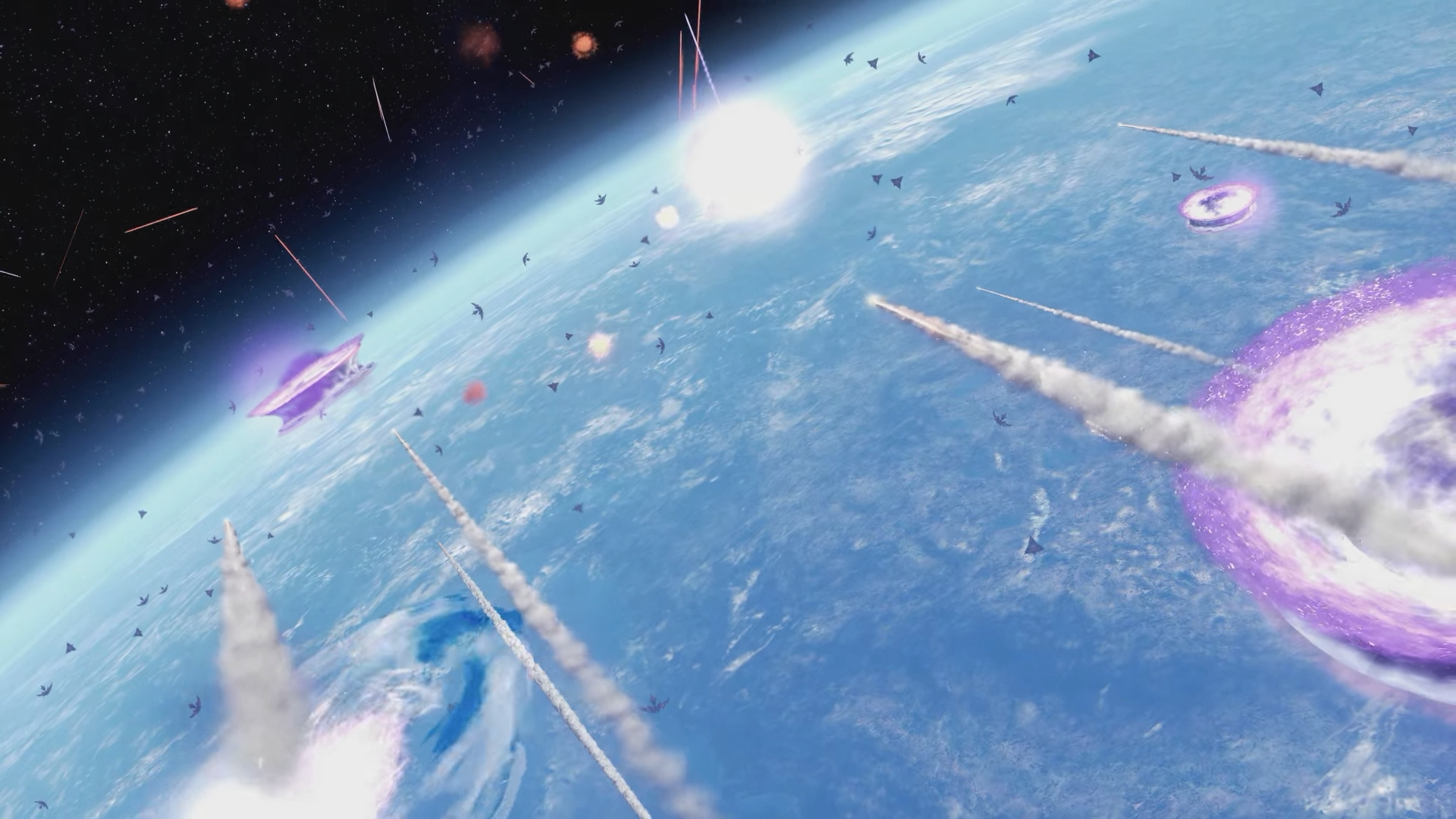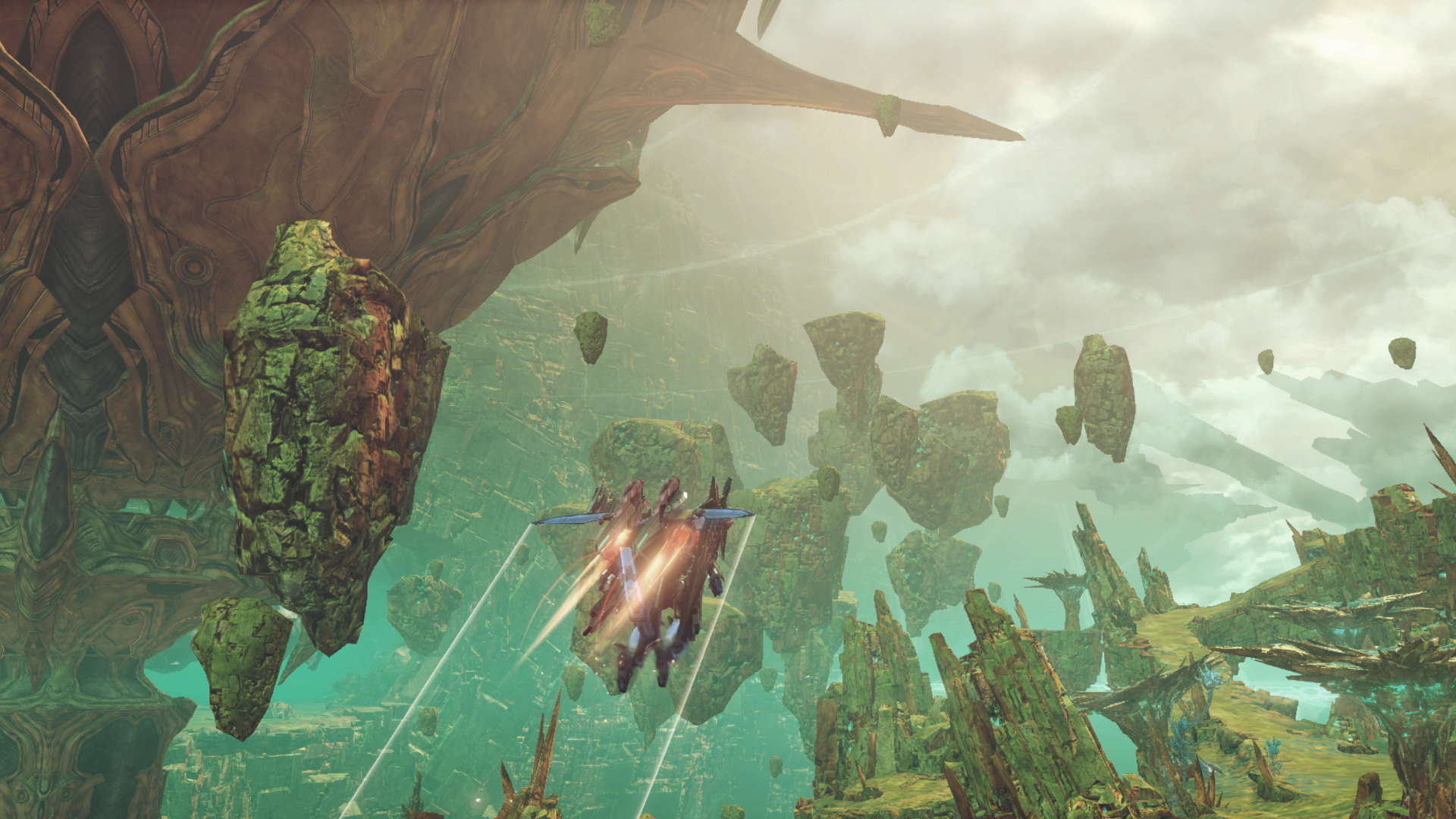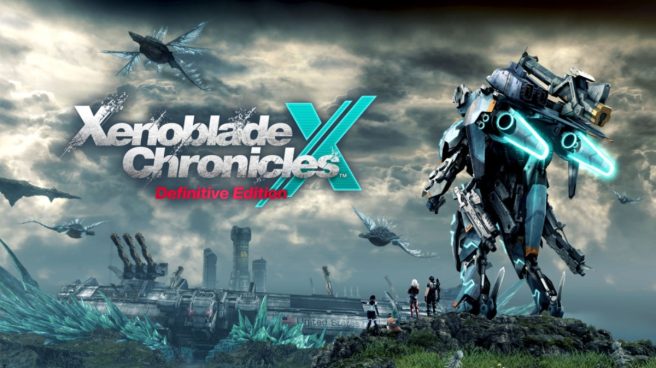This is how Xenoblade Chronicles X connects to the numbered trilogy
A few months ago (and before the release of the Definitive Edition), we made a few guesses on how Xenoblade Chronicles X could connect to the numbered Xenoblade Chronicles games. Of course, every single one of our theories was dead wrong – the actual answer is far, far more complicated than that.
Xenoblade Chronicles X: Definitive Edition is an extremely long game, and it’ll probably take you at least 80 hours to see its new ending. If you don’t have that kind of time to commit but still want to know how Xenoblade X relates to the overall series, we’ve written a plot summary of the major new chapter for the Nintendo Switch version. We feel that now’s a good time for this as we’re a few months removed from launch. It’s full of spoilers, of course, so you might want to bookmark this post and come back later if you’re trying to avoid them for now. We’ll be covering this game as well as the entire numbered trilogy, so keep that in mind before you continue. It’s virtually impossible to sum up the entirety of Xenoblade X’s new chapter in just a few paragraphs, but this is for true fans of the series.
Xenoblade Chronicles X plot summary

To understand how Xenoblade Chronicles X connects to the rest of the game, we need to summarize its plot first. Basically, Earth was attacked and destroyed by a war between the Ganglion and the Ghosts, two alien factions bent on annihilating each other. One of the main characters of the game, Elma, saw this coming and went to Earth years before the war started. She provided humans with incredible technology, including Skells and more. When the war finally reached Earth, humans fled the planet in giant ships containing millions of humans and life-forms. Most of them were shot down and destroyed, but one of them – the White Whale – made it out safely. The White Whale carried the souls of around 20 million humans, and began searching for a new planet to live on. Its passengers didn’t know how long they would take, so they transferred their consciousnesses to artificial mimeosome bodies that wouldn’t deteriorate with age. Eventually, though, the aliens from before managed to track down the White Whale and shoot it down. It then crash-landed on Planet Mira, but a certain hero in a Skell fought against the Ghosts as the ship crash-landed. He then disappeared afterward.
The in-game events of Xenoblade Chronicles X detail the White Whale passengers and their struggle to adjust to the new planet. During the crash, the Lifehold Core – which contains the souls of all 20 million humans – was lost and landed somewhere unknown. It has an external power source, but it can only last for so long before the “battery” runs out. When that happens, all 20 million souls will be lost and all the mimeosomes will shut down, marking the end of humanity. Over the course of several chapters, the party searches for clues on the Lifehold Core’s whereabouts. It isn’t until Chapter 12 that they figure out its location. Once there, the leader of the Ganglion (who have terrorized and attacked the party for the entire game) appears, stating that his species was created by and to serve ancient Samaarians, who are thought to be kind of like humanity’s ancestor. The Ganglion betrayed the Samaarians, but the Samaarians implemented a failsafe in Ganglion DNA just in case that happened – they gave them a weakness to human DNA. That explains why the Ganglion attacked Earth in the first place – to get rid of the Samaarian descendants whose mere DNA could prove lethal to them.
The Ganglion leader is defeated, and the Lifehold Core is brought back online. At the very end of the game, Elma returns to the Lifehold Core and heads to the bottom floor to inspect the data modules that house all 20 million human souls. When she arrives, she finds that the entire system has been destroyed since the Lifehold Core crashed on Mira. That obviously doesn’t make much sense – with the Lifehold Core’s data module offline, all 20 million human consciousnesses have been lost. So how are the characters still controlling their mimeosomes if the device housing their soul has been destroyed? Believe it or not, that’s where the original Xenoblade Chronicles X ends – just as it started to get interesting. That cliffhanger remained for ten years until the Definitive Edition’s new chapter.
Chapter 13 summary

Shortly after the defeat of the Ganglion, planet Mira is invaded by Ghosts – the species that the Ganglion fought against at the beginning of the game. The Ghosts begin causing huge de-materialization events on Mira, which results in huge portions of it to be swallowed up by black holes. In the previous section, we mentioned a certain hero in a Skell who protected the White Whale and helped it successfully escape Earth during the war. That hero is Al, who was piloting a Skell called the Ares Prime. When the White Whale crash landed onto Mira, he fought off the Ghosts. After that battle, though, Al and the Ares were pulled into a rift between realities. Once there, Al got a glimpse of many different universes. In-game, these other universes are confirmed to be the Bionis, Alrest, and even Aionios from the numbered Xenoblade games. That does indeed mean that Xenoblade Chronicles X takes place in a different universe from the numbered trilogy.
To fast-track the next part, a new villain named Void appears. Void was an ancient Samaarian who discovered the Conduit (which also appears by the same name in Xenoblade Chronicles 2) and diverted its powers into six cores of the Ares Prime, which is now Al’s Skell. With the Conduit’s power, the Ares could enter rifts between dimensions. The ancient Samaarians determined the Conduit’s power was too great, so they sealed Void in the rift between dimensions for thousands of years. Eventually, he wanted to know death, and so he created the Ganglion in support of that extremely vague goal. As it turns out, though, the Ghosts are an autonomous anti-Conduit measure. Whenever the Conduit’s power is used, the Ghosts appear and tarnish everything in an attempt to stop it. The Ghosts were specifically targeting Void and everything related to him, and humans were simply caught in the battle.
At the very end of the game, planet Mira fully succumbs to the de-materialization caused by the Ghosts and is destroyed. Thankfully, humanity has built a new White Whale and uses the power of the Conduit (via the Ares Prime cores) to escape to a new world. This new planet looks suspiciously similar to the one shown at the end of Xenoblade Chronicles 3: Future Redeemed, but this one has a ring around it (but it’s completely identical otherwise). In that game, a blue sparkle is shown arriving on the planet – it’s possible it could be the new White Whale, but it’s unconfirmed for the time being.
As for the Lifehold Core, the explanation for how the mimeosomes are still running is that humans accidentally tapped into some sort of stream of consciousness and that the Lifehold Core wound up serving as some kind of relay. It’s a very casual explanation for a mystery that went unsolved for ten years. Regardless, all of these new lore revelations are interesting – in particular, the radio in Future Redeemed mentions Project Exodus by name, which is the project in Xenoblade X that sent motherships away from Earth during the war. But we now have confirmation that Xenoblade X is set in a different universe, which means the Project Exodus that existed in Klaus’ world may have been for exploration purposes and not because of a war between the Ganglion and the Ghosts. Kind of confusing.
In Xenoblade Chronicles 2, Galea mentions that the Conduit is a “meta-universe manifold”. It makes some sense, then, that the Conduit would be a gateway to different worlds. But if the Ghosts appear when the Conduit is used in Xenoblade Chronicles X, why didn’t they appear when Klaus used it (or when Rex and Pneuma use it in Xenoblade 2)? In classic Xenoblade fashion, many of these new lore points only add more questions rather than answering any of them.
What did you think of Xenoblade Chronicles X: Definitive Edition’s Chapter 13? Do you like the story additions, or would you have preferred a different approach? Let us know in the comments down below.
